Rehabilitation in the geriatric patient: adaptations at home
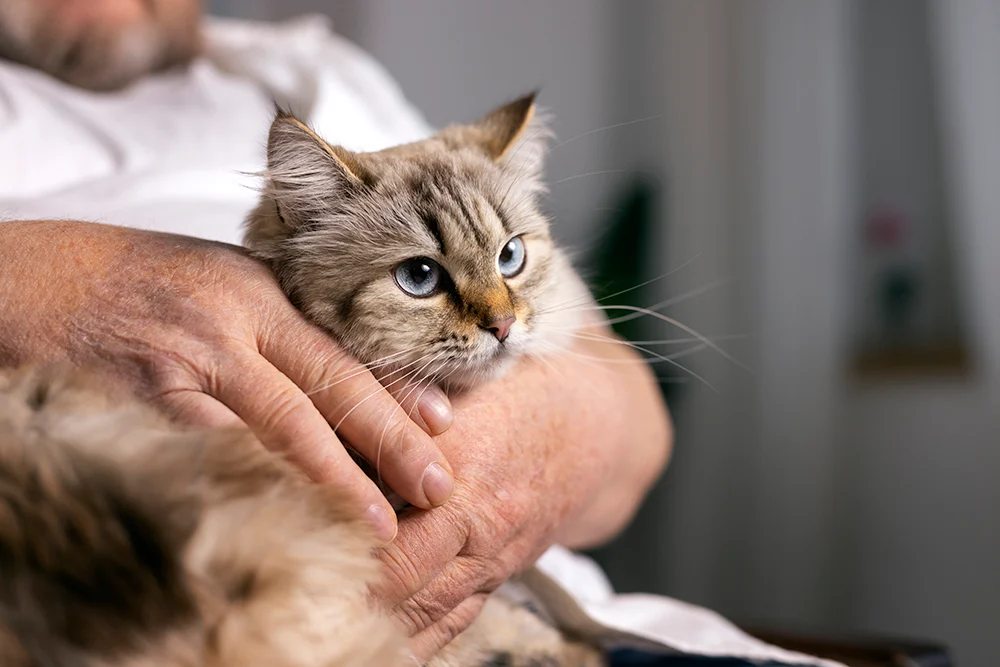
What home adaptations would we recommend to the owner of a geriatric animal? Non-slip surfaces: especially where they move around the most (carpet, sports mats, children’s floors). Control of the nails and avoid overgrowth of hair between the pads: always trim the nails as short as possible. Resting area that is insulated from the ground […]
Corneal pigmentation
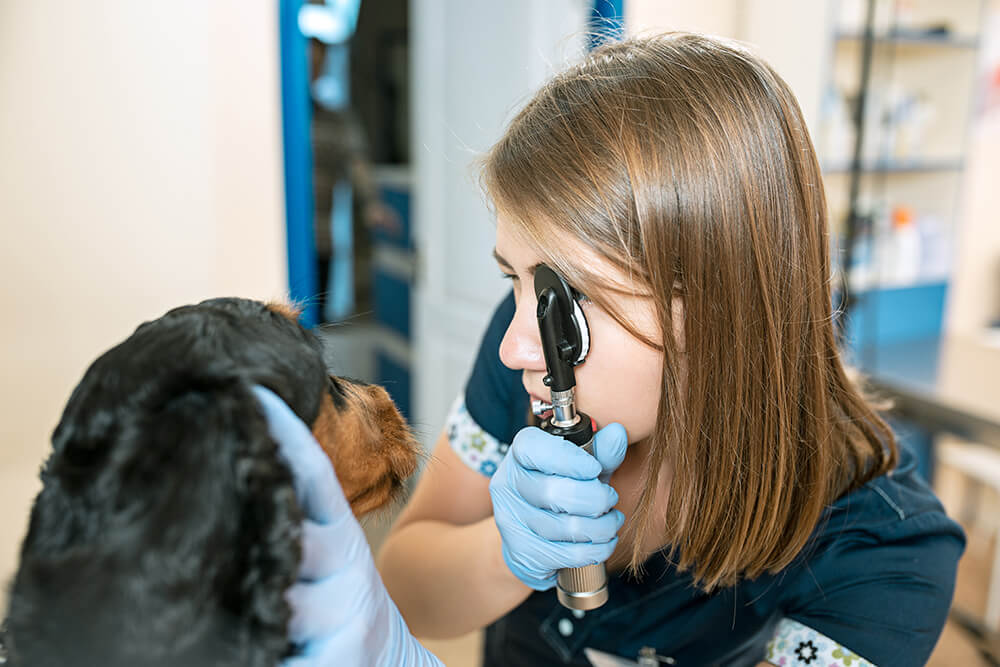
Result of any kind of chronic superficial irritation. Usually deposited in the epithelium (sometimes anterior stroma). Origin: proliferation and centripetal migration of melanocytes that would normally remain in the limbus Usually associated with corneal vascularisation Aetiology: Excessive exposure: macroblepharom, facial nerve palsy. Irritation: medial entropion, distichiasis. Tear film abnormalities. Chronic immune stimulation. **Exception: corneal sequestration […]
Skin biopsy: when is it indicated and which techniques to use?

Indications: Suspected neoplasia. Nodules, ulcers or wounds that do not heal. Vesicular or pustular lesions (after infections have been ruled out and/or treated). Severe skin lesions that appear suddenly. Suspected dermopathies that will require expensive, potentially dangerous (e.g. immunosuppressive) and long-term treatment. When there has been no response to treatment, or when new lesions appear […]
Anaesthesia and analgesia in geriatric patients
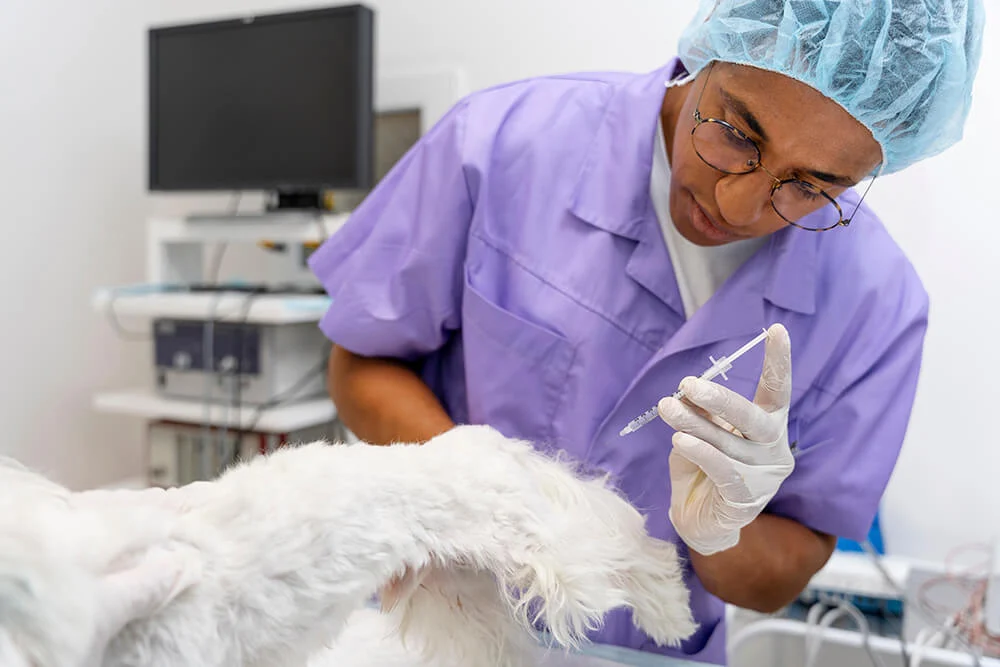
Premedication Identifying, preventing and minimising pain is essential in the elderly patient. Midazolam appears to worsen balance and recovery in geriatric patients with peripheral vestibular syndrome. Administration of an atypical antidepressant such as trazodone may be considered, as it is fast-acting and of short duration. In cats, the use of gabapentin also decreases the level […]
Dermatophytosis treatments

Topical treatment Twice weekly topical application of lime sulphur, enilconazole or a miconazole/chlorhexidine shampoo. a. Miconazole shampoos are most effective when combined with chlorhexidine. b. Chlorhexidine as monotherapy is not very effective and is not recommended. 2. For localised treatment: clotrimazole, miconazole and enilconazole. 3. Topical therapies should be maintained until two consecutive negative fungal […]
Diagnosis of leishmaniasis
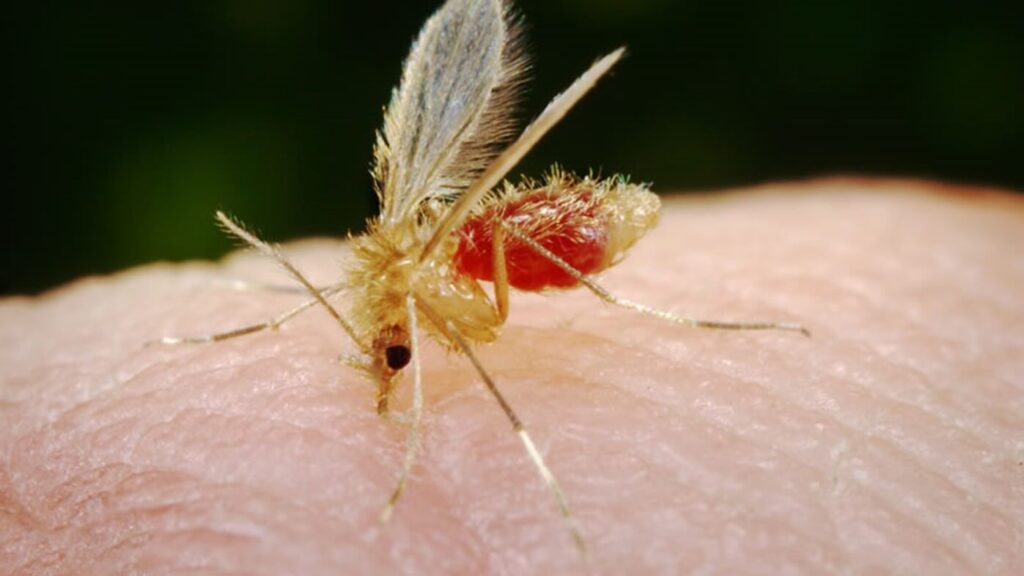
The mainstay of diagnosis of canine leishmaniasis is based on several premises: Detection of the parasite by cytology or histopathology of lesions. Serology and proteinogram. Additional tests: PCR, bone marrow cytology, etc. Serology should always be accompanied by a proteinogram, as it can provide valuable information on the active state of the disease. Bone […]
Spinal trauma
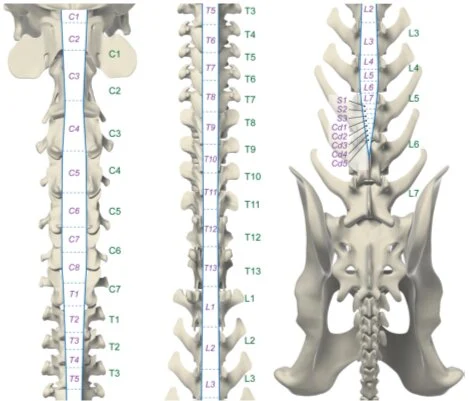
The severity and extent of the spinal cord injury determine the appearance of particular clinical situations with characteristic signs such as: Schiff-Sherrington posture: the patient is in lateral decubitus, with extensor hypertonia of thoracic limbs (maintaining voluntary motor function), hypotonia of pelvic limbs with normoreflexia (intact spinal reflexes) and tendency to opisthotonos. Spinal shock: loss […]
Systemic Ischaemia-Reperfusion Syndrome
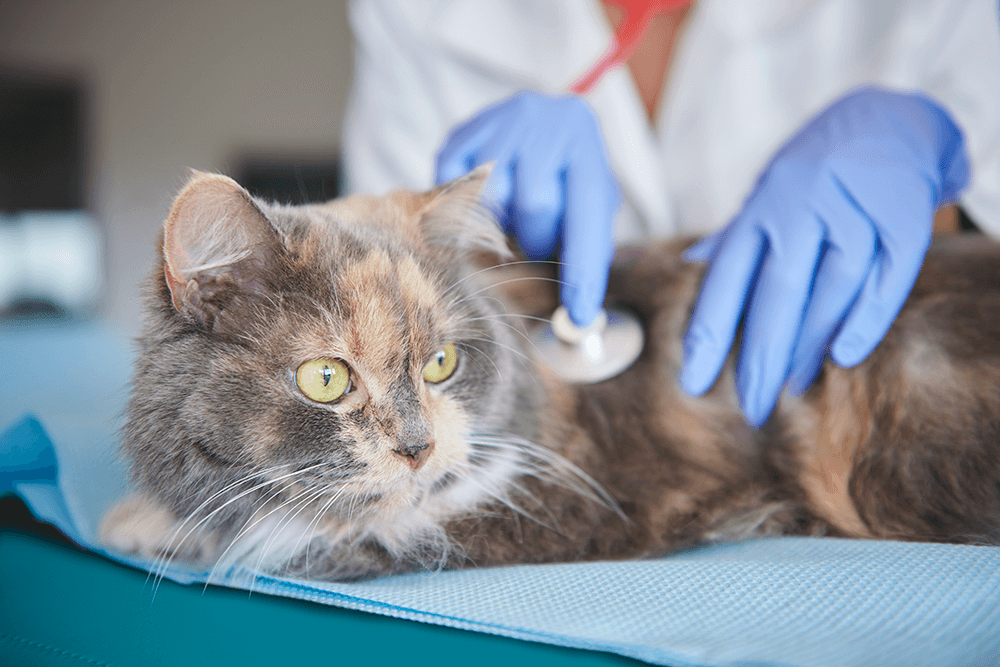
Definition: Sepsis-like clinical presentation as patients present with systemic inflammation (SIRS), coagulation activation (DIC) and endothelial disruption. Clinical signs: tachycardia/bradycardia tachypnoea fever/hypothermia hypoperfusion multi-organ failure bleeding, oedema, etc. Treatment: Haemodynamic optimisation: use of early goal-directed therapy. Our goals will be a central venous pressure of 0-10 cm H2O, MAP 80-120 mmHg, ScvO2 > 70% and […]
Clinical signs in feline hypertension
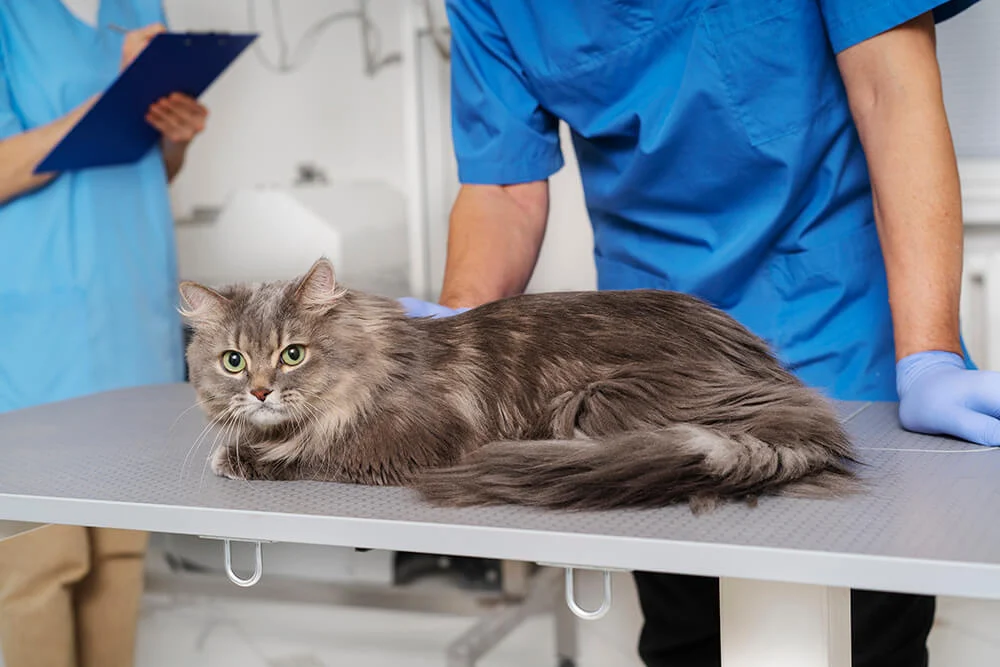
The clinical signs that can be observed are based on the lesions caused in the target organs: In the eyes: retinopathies (from retinal detachments to papillary oedema, or bullous retinopathies, ingurgitation of retinal vessels to sudden blindness with severe mydriasis). We can also observe haemorrhages in both retina and anterior chamber hyphema. In the kidneys: […]
Would you know how to treat grape poisoning?

Grapes and sultanas are fruits of the genus Vitis spp. They cause acute renal failure in dogs due to proximal tubular necrosis. Treatment will depend on the time of ingestion and the development of renal failure. If it is a recent ingestion without renal damage, it is recommended to induce emesis, administer repeated doses of […]


